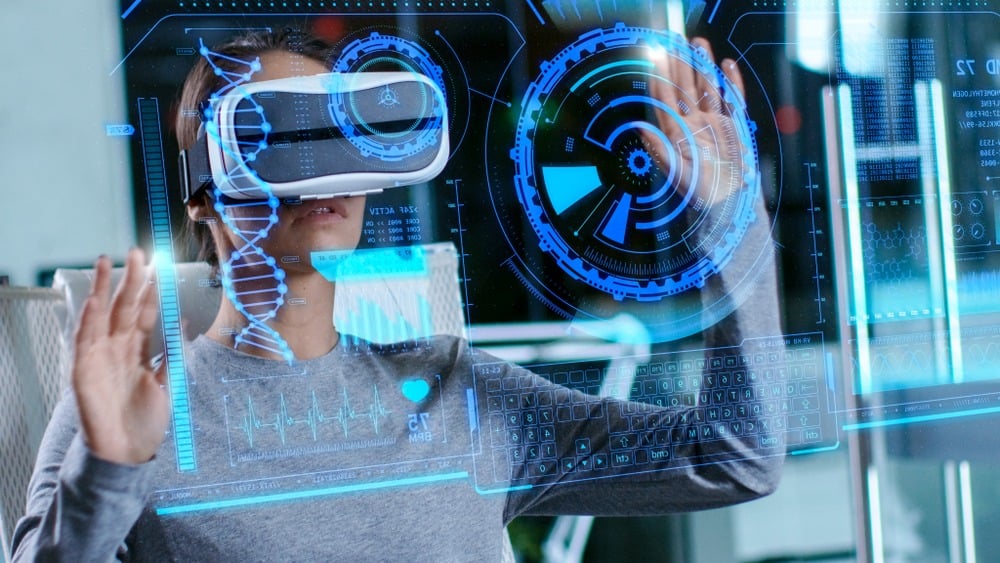
The Essence of Virtual Reality Technology
Virtual reality is a technology that allows to move multiple activities into the virtual realm and thus reduce the costs, the time, and – in some cases – even the corporeal risks related to performing these activities in biological reality.
In 2020, the global VR market 61% of businesses believe that VR is beneficial. Out of them, 23% are already using VR in practice, 21% introduce VR right now, and 18% plan to introduce VR soon.
<a data-cke-saved-href="https://www.marketsandmarkets.com/Market-Reports/reality-applications-market-458.html" href="https://www.marketsandmarkets.com/Market-Reports/reality-applications-market-458.html" style="box-sizing: border-box; text-decoration-line: none; background-image: url(" data:image="" gif;base64,ivborw0kggoaaaansuheugaaaaeaaaabcayaaaaffcsjaaaaduleqvr42mnksd36bwadvwioeawgigaaaabjru5erkjggg="=");" background-position:="" 0%="" calc(100%="" -="" 2px);="" background-repeat:="" repeat-x;"="" target="_blank">
Architecture
Below is a high-level VR technology architecture that applies to all VR solutions, regardless of their application field.
The key module of the architecture is VR software, which is responsible for:
- Processing of input data, generally received via motion controllers and haptic gloves.
- Feedback generation (including visual rendering) for output devices like HMD and smart glasses and speakers.
- Physics simulation to apply the laws of physics to the virtual world.
- Data load (3D models, audio, video) from the database.
VR software has two-way communication with the cloud databases: software requests and receives from the cloud such key content as 3D models, textures, and audio. All this content can be uploaded to the database (as well as deleted from it) via a web administration panel.